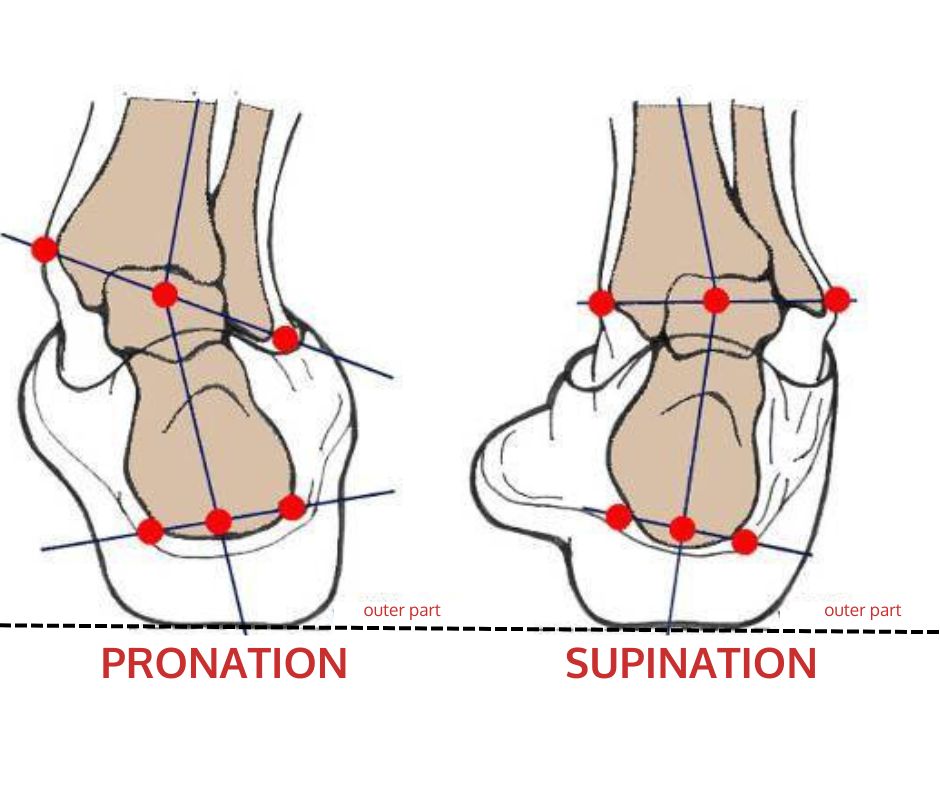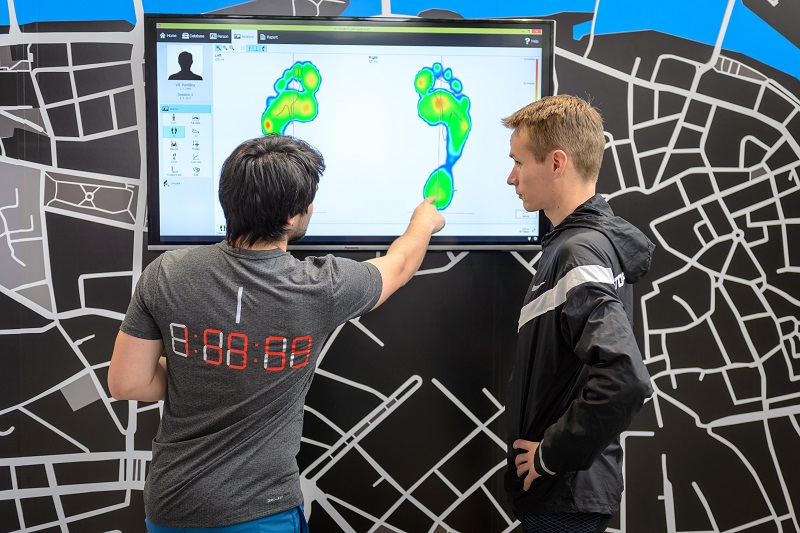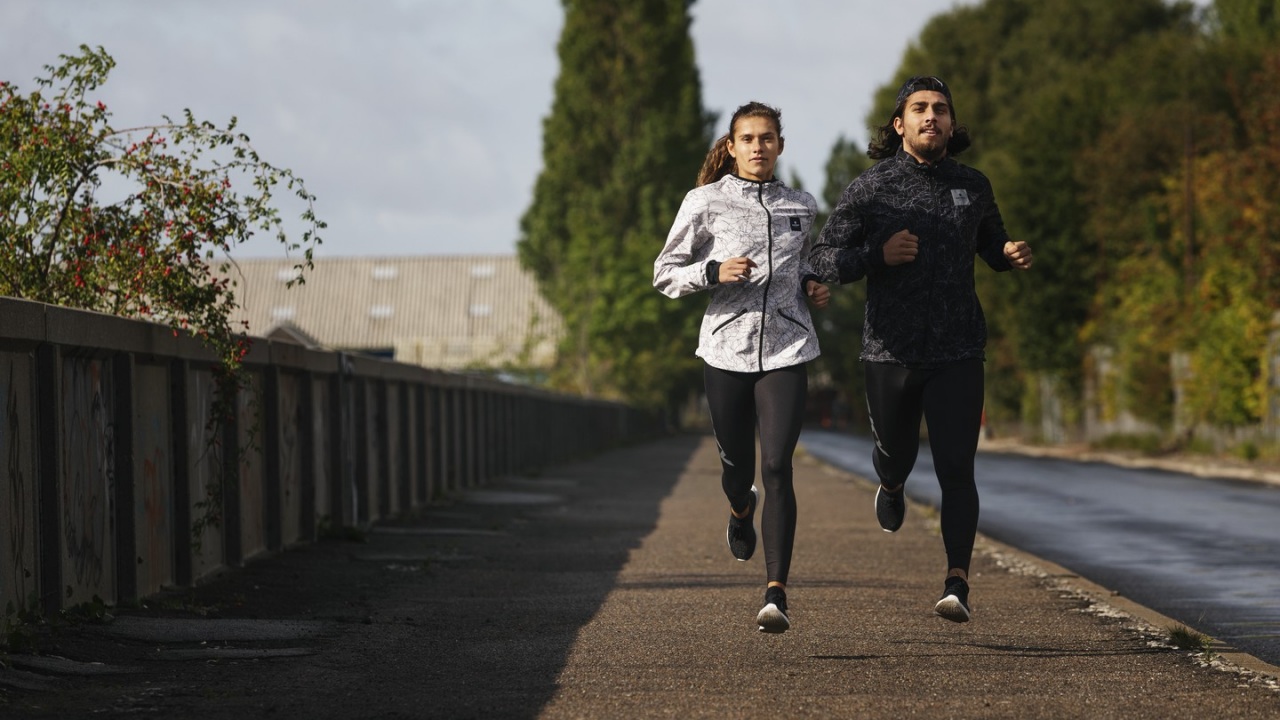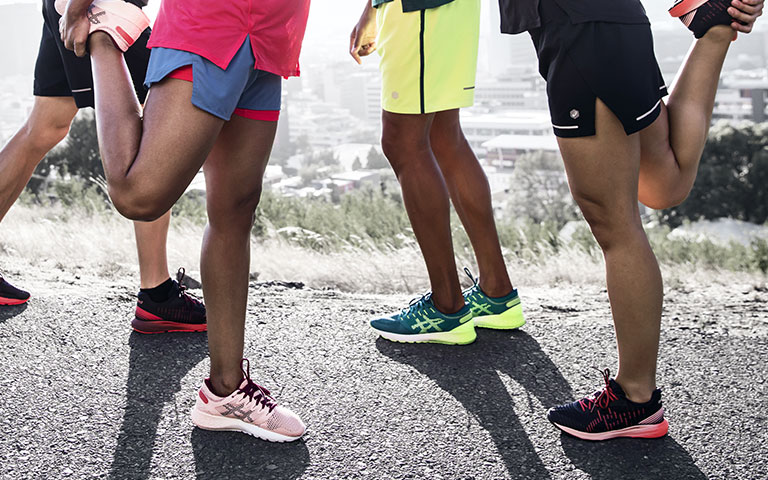We are all different and our movements are specific. And running is a very, very individual type of movement. It is a complex activity in which the body concentrates on several actions at once - posture, arm movements, breathing, and above all stabilizing the foot, correcting the stride, cushioning the impact, or balancing. Ideally, the stride is neutral - the feet are straight. But there are running deviations which we call:
PRONATION and SUPINATION

Beware of the wrong association of these terms - pronation, supination, and neutral are not related to whether you step on the toe, heel, or midfoot during running. It's about the ankle deviation that occurs when you run.
What is pronation?
Pronation means, that the ankle is deflected inwards. Pronation is not always bad and is normal for most people - it is the foot's natural reaction to impacts, cushions shocks, and helps maintain stability. The problem is when the degree of pronation is excessive, more than 15 degrees. People who struggle with pronation have their feet in an "X".
Health risks of excessive pronation
- Joint pain - especially in the knees and hips, but also in the back, heel, or arch. This can lead to injury.
- Toe deformities - twisted toes, shortened and painful tendons, muscle weakness, and no flexibility in the toes.
- Flat feet
- Blisters
Tips to help with excessive pronation
- Pronation shoes - shoes designed for this type of ankle deviation. They are heavier and stiffer, the foot has more support and cushions the pain during running. But remember - pronation shoes don't solve the cause, they only relieve the pain for a short time.
- Minimalist running shoes - no, we're not contradicting ourselves. The shoe should adapt to the foot, always. Getting into the habit of lightweight, low-drop shoes can really help. This is a more challenging and longer method than using pronation shoes, but the deformed foot and toes need to get used to the natural shape and movement.
- Change shoes gradually - with excessive pronation it is not advisable to change shoes from one day to the next, as the body and feet would be shocked. Try to change shoes (pronation and minimalist) and gradually get used to them and discover what really fits you.
- Stretching - warm up before the run, stretching after the run = basic. Add preventative stretching of toes and feet during the day. Persevere and you'll see your toe flexibility start to improve.
- Barefoot shoes - a big trend, but justified! Barefoot shoes have no support and have a very thin soles. The foot is not deformed in them, so you will learn to engage those muscles that more robust shoes do not allow you to. Try taking them for walks in the woods and soft surfaces first, then you can try some light running, but they are suitable mostly for walking.
What is supination?
In case of supination, the ankle is deflected outwards by more than 15 degrees. This is a less common deviation than pronation, and that's because partial supination is expected with proper running technique. The foot reacts to the impacts and maintains stability. Most people who suffer from supination are those with "O" shaped feet.
Health risks of excessive supination
- Achilles tendonitis - the Achilles tendon connects the heel and tibial muscles and is very susceptible to inflammation with excessive supination
- Plantar fasciitis - this is a tendon (plantar fascia) on the bottom of the foot where stabbing pain shoots from when degenerated
- Ankle sprain or shin pain
Tips to help with excessive supination
Unlike pronation shoes, supination shoes are kind of rare and only a few brands make them. If you suffer from excessive supination, you'll probably go for shoes with a neutral tread, and you can help yourself with a few other activities:
- Focus on strength training - mainly on the hip and gluteal muscles. Strengthening these areas will make you more stable in your legs and especially in your ankles. Your joints will have "something to lean on", which you will definitely appreciate when running.
- Barefoot shoes - even in case of supination they can help. They can help you find the right position of the foot and toes and prevent foot deformation.
- Proper running technique - consult a fitness coach and work on your running technique. It is a long and difficult process, full of breaking old (bad) habits, but it is definitely worth it!
- Lightweight running shoes - for the runs, try lightweight shoes with low drop and no reinforcements that allow your foot to move and adapt better.
Footwork analysis
Okay, you know the theory, and now you need to figure out what kind of footwork you actually have. Pronation, supination, or neutral? There are several methods to find out, and one of the most accurate is footwork analysis. How does the diagnosis work?
- You'll walk on the foot scan, barefoot
- It senses how much pressure you're putting on each zone of the foot
- This will tell you whether you have a neutral step, pronation, or supination.
- A running specialist at the store or sports center will review the diagnosis with you on a monitor to see how you're doing
- They should recommend the appropriate footwear and next steps of action for you
See, it's easy!



